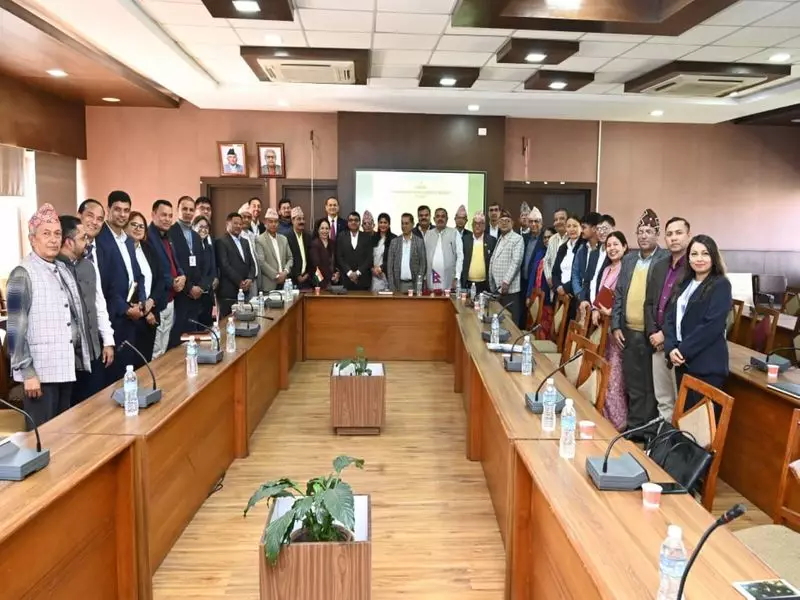
In a significant move to strengthen bilateral ties and support grassroots development, India has signed agreements for eleven high-impact community development projects and laid the foundation stone for a new school building in Nepal. This initiative marks another milestone in the enduring partnership between the two neighboring nations.
Expanding Development Cooperation
The Indian Embassy in Kathmandu formalized the agreements for eleven High Impact Community Development Projects (HICDPs) across various districts of Nepal. These projects span multiple sectors including education, health, and infrastructure, demonstrating India's comprehensive approach to development assistance.
Simultaneously, the foundation stone was laid for the construction of a school building at Shree Janajagriti Secondary School in Chandragiri Municipality, Kathmandu. This educational infrastructure project underscores India's continued focus on enhancing learning environments and supporting Nepal's educational sector.
Detailed Project Overview
The eleven community development projects cover diverse geographical regions and development needs within Nepal. While the specific details of all projects weren't fully elaborated in the initial announcement, they represent India's ongoing commitment to addressing local community requirements through targeted interventions.
The school building project at Shree Janajagriti Secondary School is particularly significant as it aims to provide modern educational facilities to students in the Chandragiri area. Improved infrastructure is expected to enhance the quality of education and create a more conducive learning environment for both students and teachers.
Strengthening Bilateral Relations
These development initiatives reflect the growing cooperation between India and Nepal at multiple levels. The projects are designed to address immediate community needs while building long-term capacity in various sectors.
India's development partnership with Nepal has traditionally focused on projects that have direct impact on local communities, ranging from infrastructure development to social sector initiatives. The current batch of projects continues this tradition of people-centric development cooperation.
The timing of these agreements is significant as both countries continue to explore new avenues for collaboration. The projects are expected to not only address development gaps but also strengthen people-to-people connections between the two nations.
This latest development follows a pattern of consistent Indian support for Nepal's development priorities. The implementation of these projects will be closely monitored to ensure they deliver the intended benefits to local communities while further solidifying the special relationship between the two countries.





